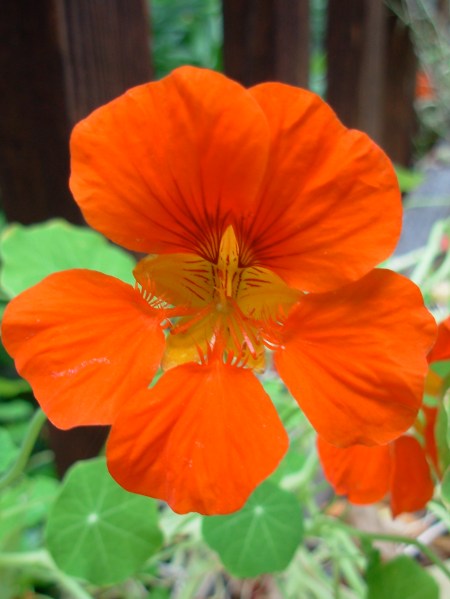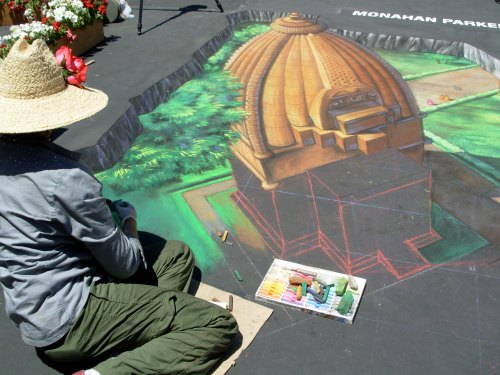As many of you know, I’ve been riding the hobby horse of free play for some time on this blog, as have many other delightful and like-minded colleagues.
Now the New York Times has chimed in: The culture of play is vanishing, Hilary Stout writes. It’s an all-too-familiar tale — children’s face-time with electronic screens is growing, their outdoor world and their freedom within it are shrinking. Organized activities have replaced imaginary and child-directed ones. Fear of litigation and/or academic fallout have caused some schools to do away with recess. Some parents hover; some are too busy; some don’t like the mess ..
It has all added up to a culture in which free play is not valued or experienced. The New York Times tells us that the tide may be turning. They cite many groups that are working toward enhanced free play, such as Kaboom and Play for Tomorrow, which created a “play day” in New York’s Central Park last fall, with more than 50,000 attendees!
People, clearly, yearn to play.
The folks at the Rhode Island Children’s Museum would concur. Their Play Power program largely came about because they noticed that children were starting to be conditioned to want to be told the “right way” to play. And parents seemed to be oriented to outcomes, rather than the process of playing.
From the Strong Museum of Play in Rochester, NY, comes this resource about the benefits of free play.
Susan Linn, author of The Case for Make Believe, has a lot to say about children’s need for play, including:
A good toy, a toy that nurtures creative play is ninety percent child and only ten percent toy.
From Education.com comes a really good piece about the importance of free play, how it may have been lost and how to get it back.
Last April, I wrote about the trend toward toys that fostered children’s imaginations and led to open-ended play, and included the wonderful story of the Children’s Discovery Museum in San Jose, CA, which built a whole Box City when they realized that kids were happier playing with empty boxes than with some of their installations.
Since then, I came across another delightful tale of box play.
Other great resources and people fostering the free play movement include The Alliance for Childhood, The National Institute for Play, Playborhood, and The Children & Nature Network, among others. (There are more on the Slow Family Resource Page.)
Want to explore more? The U.S. Play Coalition is holding a Conference on the Value of Play, Feb 6-9 at Clemson University in Clemson, S.C.
Whatever you do, keep playing! And fostering a love of play in your kids.
Related Posts on Slow Family: Babies Learn by Playing
Photos by Susan Sachs Lipman






























































































